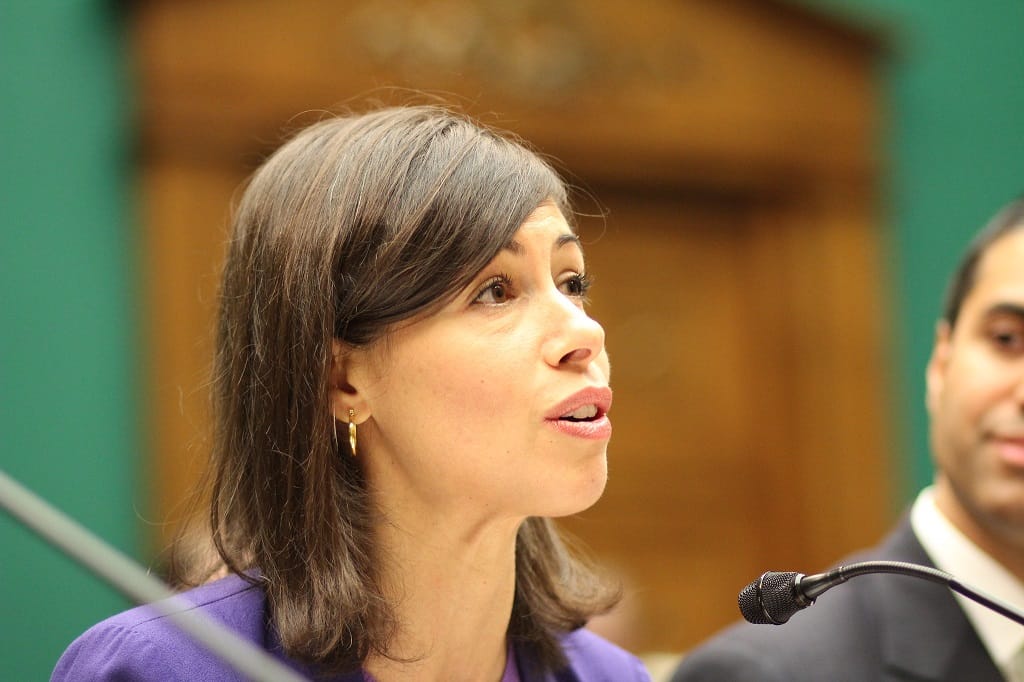FCC Approves Another $640 Million from Rural Digital Opportunity Fund
The FCC has now confirmed more than half the $9.2 billion for the program.
Ahmad Hathout

WASHINGTON, March 10, 2022 – The Federal Communications Commission announced Thursday the latest round of approvals for funding from the $9.2-billion Rural Digital Opportunity Fund, saying that it is ready to authorize more than $640 million from the fund mired by problems emanating from inaccurate mapping.
The latest round means the program has approved $4.7 billion to nearly 300 providers to cover nearly 2.7 million locations in 47 states, the agency said in a Thursday press release. This round will fund nearly 250,000 locations.
The RDOF program initially named a number of winners in December 2020 under previous agency chairman Ajit Pai. But the new-look agency, under chairwoman Jessica Rosenworcel, undertook somewhat of a purge of the winners after media reports said some winning bids were going toward wasteful spending – in areas not needing broadband infrastructure.
A number of winners have since submitted withdrawals of their bids after the agency sent letters requesting that they consider withdrawing certain areas that didn’t require money for builds. Those withdrawals often came as a result of updated FCC maps that showed their winning bid areas already adequately served.
Earlier this year, the agency created a “Rural Broadband Accountability Plan” that it said will “increase audits, verifications, and transparency” for programs including RDOF.
The FCC is always under pressure to get an improved national broadband map out for the release of federal funds under the Infrastructure, Investment and Jobs Act, which is slated to release $42.5 billion to the states.
Last month, the agency confirmed a June date on which it will begin accepting internet service provider data, just before the Government Accountability Office denied an appeal against the FCC’s pick for dataset aggregator CostQuest to build the map.
The FCC released authorized auction bidders and their locations. The database also includes a spreadsheet of all the defaulted locations, so as to demonstrate the areas not covered by an RDOF bid.










Member discussion